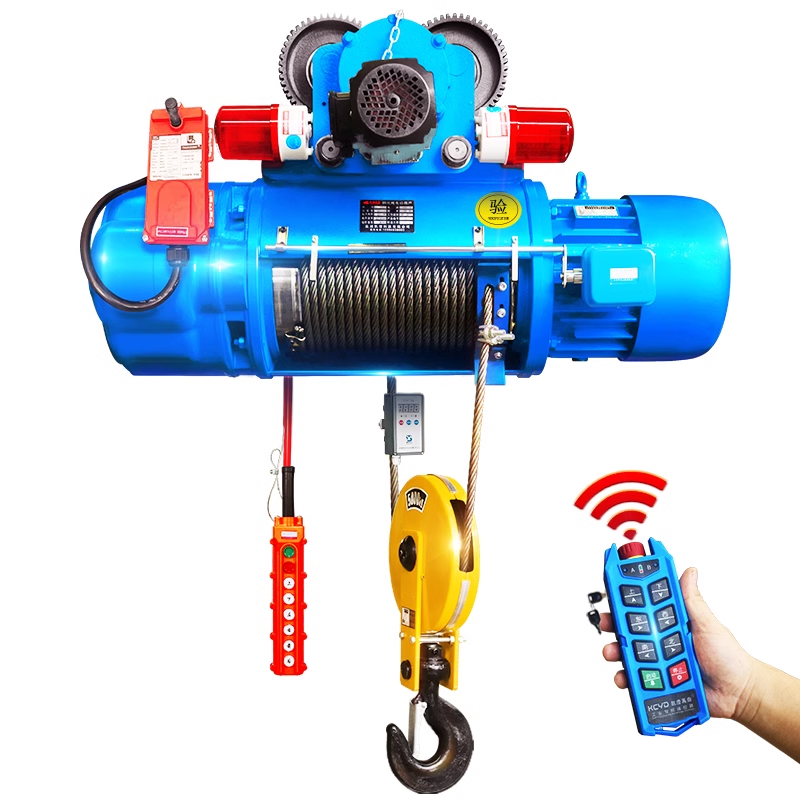What to Do When the Chain of a Chain Hoist Falls Off? Cause Analysis and Troubleshooting Steps

Chain hoists are commonly used lifting equipment in industrial production. When the chain falls off, it not only affects work efficiency but may also pose safety hazards. This article will detail the common causes of chain detachment and the correct troubleshooting methods.
Chain Detachment: Common Causes
1.Excessive Chain Wear: Prolonged use causes chain pitch elongation, resulting in poor engagement with the sprocket.
2.Insufficient Lubrication: Lack of lubrication leads to chain deformation under load.
3.Overloading: Exceeding the rated load capacity causes chain deformation.
4.Improper Installation: Incorrect initial tension adjustment during chain installation.
5.Improper Operation: Non-standard practices like side-pulling or sudden starts/stops.
Emergency Response Steps
1.Immediately Stop Operation:
Cut off power supply upon detecting chain detachment.
2.Post Warning Signs:
Prevent secondary accidents caused by unauthorized operation.
3.Inspect Damage:
Check for visible deformations or fractures in the chain and sprocket.
4.Prepare Tools:
Gather appropriate tools (e.g., wrenches, screwdrivers) for repairs.
Chain Reinstallation Method
1.Clean and Inspect: Remove dirt from the chain and check each link for integrity.
2.Align Sprockets: Ensure upper and lower sprockets are in the same vertical plane.
3.Manual Threading: Starting from the drive sprocket, manually install the chain link by link.
4.Adjust Tension: Use adjustment bolts to achieve proper chain sag.
5.Manual Testing: Rotate sprockets manually to verify smooth chain operation.
Preventive Measures
1.Regular Lubrication: Lubricate the chain every 50 operating hours or at least monthly
2.Load Control: Strictly adhere to rated capacity – never exceed load limits
3.Daily Inspection: Check chain wear and connection points before each use
4.Professional Maintenance: Conduct comprehensive maintenance by qualified technicians every 6 months
5.Operator Training: Ensure all operators are properly trained on equipment specifications and correct operating procedures
When to Replace the Chain
1.Chain elongation exceeds 3% of original length
2.Individual link wear exceeds 10% of diameter
3.Visible deformation or cracks appear
4.Sprocket shows simultaneous severe wear
Conclusion:
Proper handling of chain detachment in chain hoists not only restores equipment functionality but, more critically, ensures operational safety. For complex detachment scenarios or operators lacking repair experience, it is strongly advised to contact certified maintenance personnel. Under no circumstances should compromised equipment be forcibly operated.














